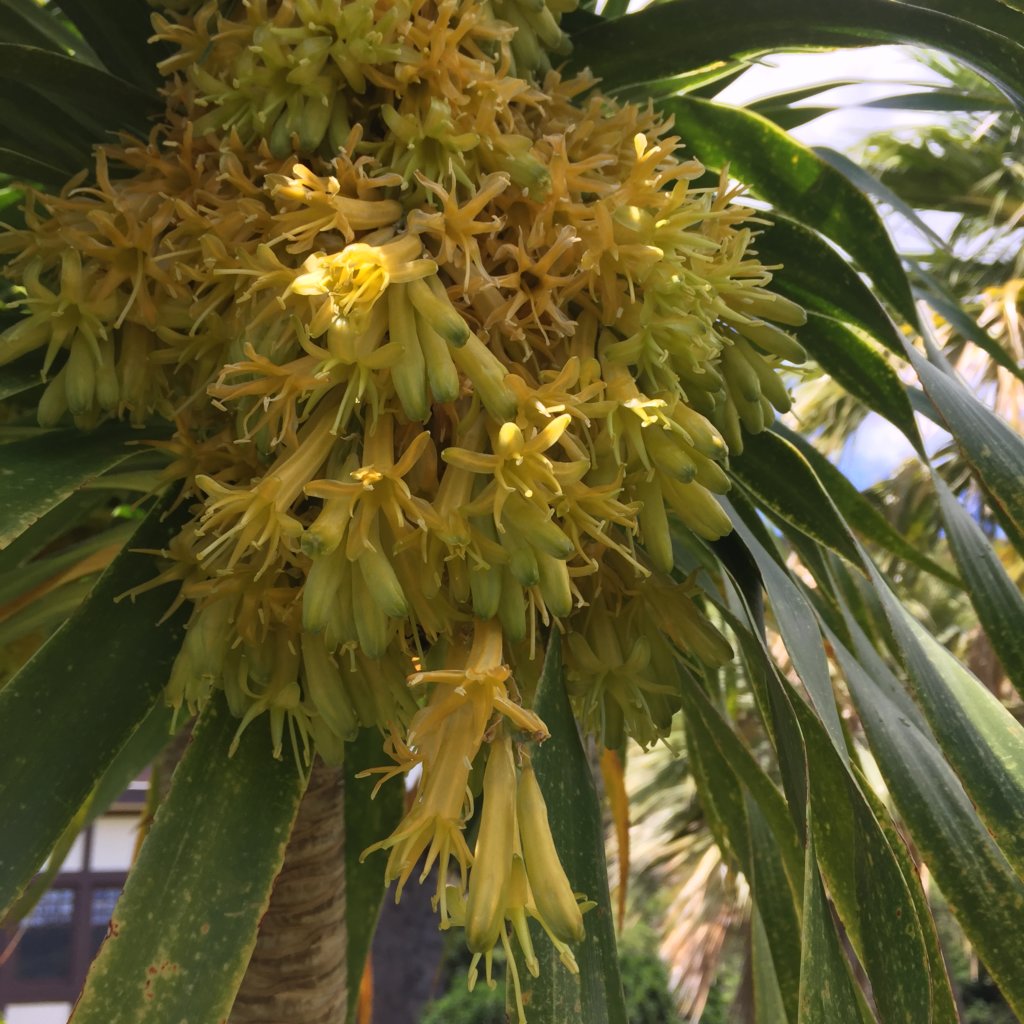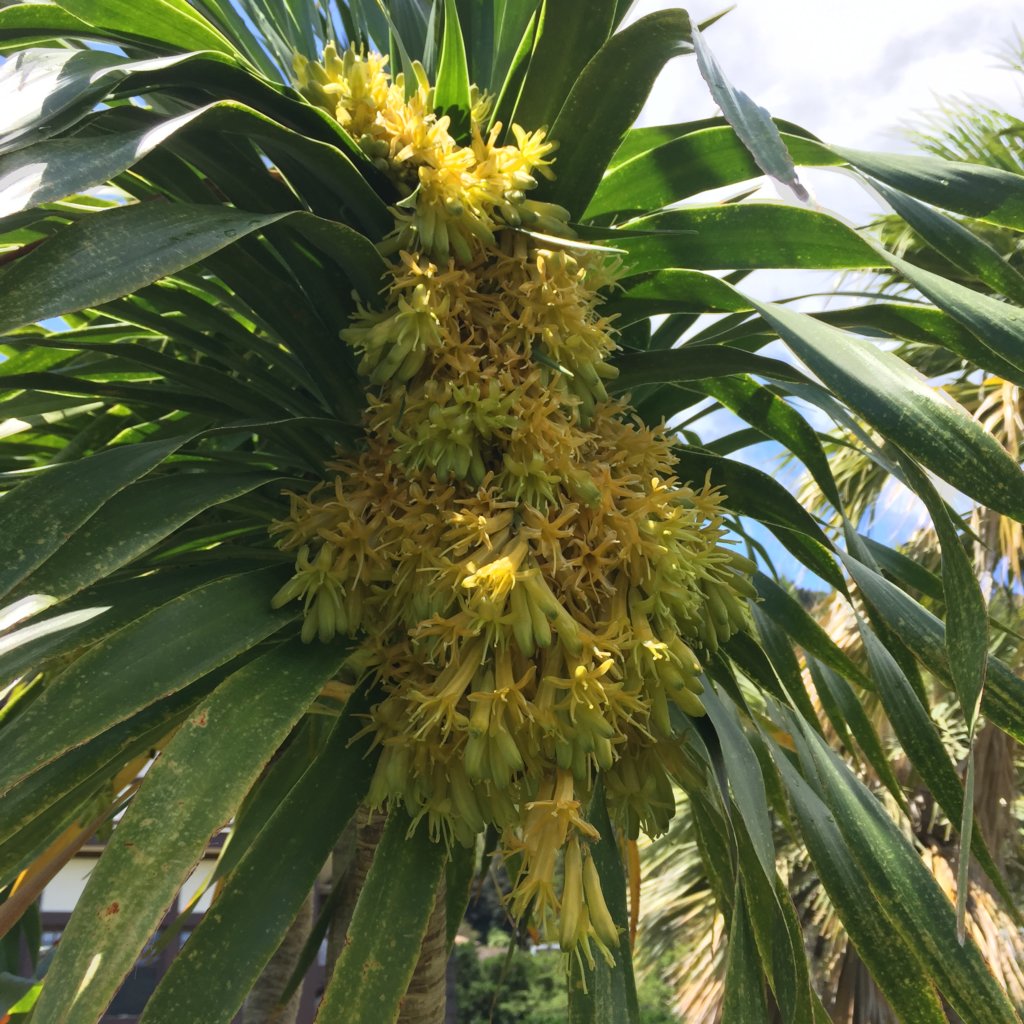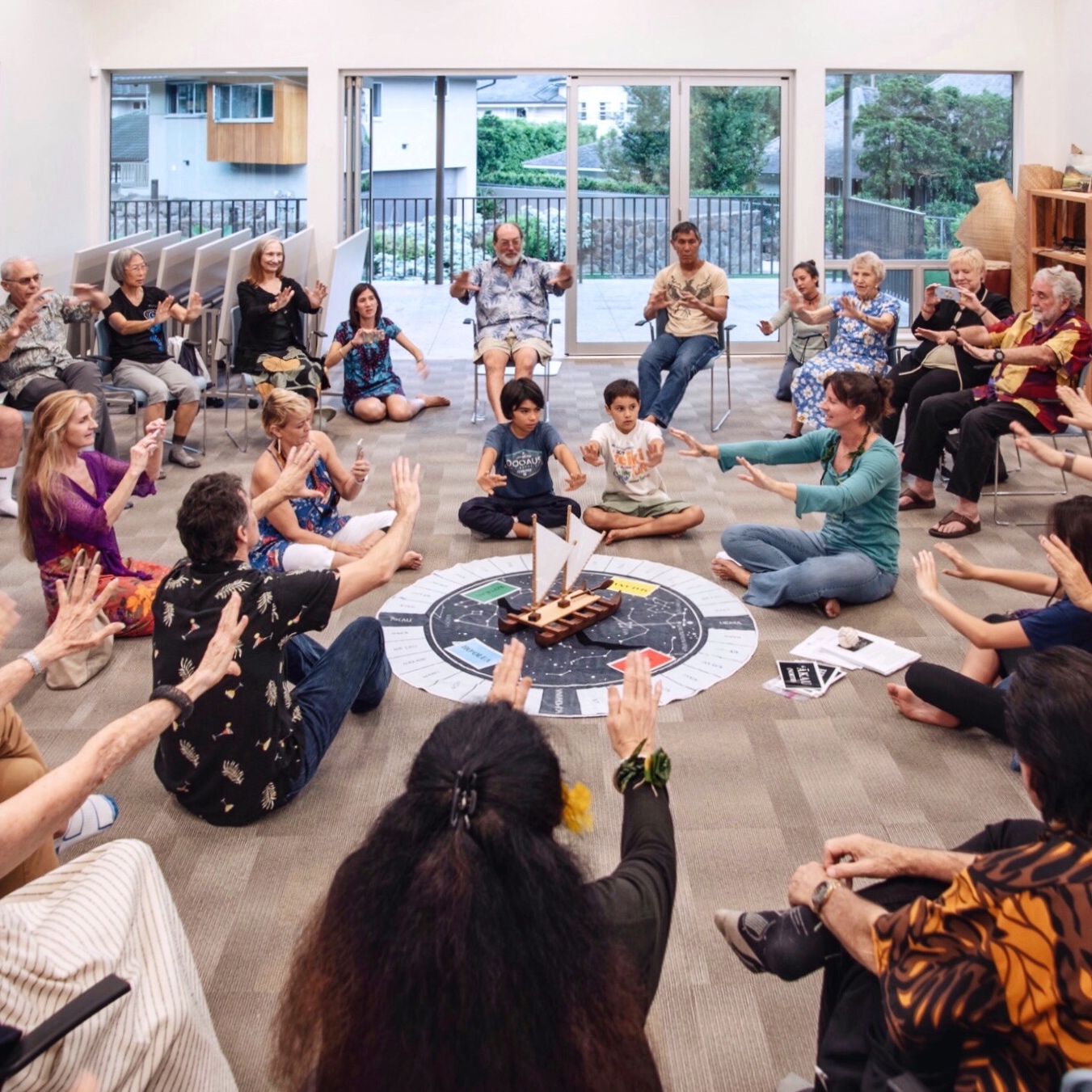Native Plant Portraits
Kathy Au and Taffy Raphael have been friends for 42 years. When they’re not studying native plants – Kathy via botanical illustration and Taffy through photography – they are focused on making sure keiki throughout the country receive a good education. Together they founded SchoolRISE, a consultancy firm dedicated to helping schools improving literacy achievement. Kathy was the first person at the University of Hawaiʻi to hold an endowed chair in education and she is known for her research on culturally responsive teaching. Taffy is a professor of literacy education at the University of Illinois at Chicago with research interests that include comprehension and writing instruction, frameworks for literacy curriculum and instruction, and whole-school reform. Both are members of the Reading Hall of Fame.
Last year, Kathy and Taffy visited Mānoa Heritage Center to study three special native plants: kokiʻo keʻokeʻo, loulu, and hala pepe. Based on the photographs Taffy took, Kathy will use ZBrush and other software to create 3D models of the plants, and from there, digital botanical portraits. Stay tuned for a sneak peek into one of these special illustrations. In the meantime, we hope you will enjoy the videos they made as much as we do.
Kokiʻo Keʻokeʻo
Kokiʻo keʻokeʻo is a beautiful white hibiscus endemic to the Hawaiian Islands. There are two native species that share the Hawaiian name, which translates literally to “white, white (clear white) kokiʻo.” This special native flower is the only hibiscus in the world to have fragrant flowers. Most other hibiscus flowers do not have a scent. Primarily grown near homes as a decorative plant with its beautiful blossoms, early Hawaiians also used flower buds as a laxative and made cordage from the bark. In modern times, kokiʻo keʻokeʻo has been used extensively in hibiscus hybridization.
Loulu
This endemic tree is the only palm native to Hawaiʻi with 19 species across the 8 main islands, 9 of which are either endangered or threatened. Once found in abundance throughout the Islands, its future is now uncertain. In the past, Hawaiians ate the young fruit, called hāwane, which has a flavor similar to coconut. Wood from the trunk was used to make spears, altars, drums, canoe parts, and posts for homes. With a name that can mean “umbrella” in Hawaiian, it’s no surprise that it was used as protection from the rain and sun. Leaves were also used to weave mats, baskets, fans, and hats as well as for thatching roofs.
Loulu also had another special use in ancient Hawaiʻi. Seasonally, it was used to construct a heiau loulu, a small heiau of loulu fronds made for the gods that governed fishing. These heiau were built inside of māpele heiau, agricultural temples dedicated to Lono, god of agriculture, rain, and fertility. MHC’s Kūkaʻōʻō Heiau was likely a māpele heiau. Historically, Mānoa valley was a fertile agricultural region and Kūkaʻōʻō would have sat above the fields and loʻi in the center where mahiʻai (farmers) could look up at it in reverence.
Hala Pepe
Hala pepe, meaning “baby hala” for its likeness to the hala tree, is an endemic tree with 6 native species. Hawaiʻi Island, Lanaʻi, Maui, and Kauaʻi all have their own species of hala pepe while Oʻahu has two. Here at MHC, we have a Kauaʻi or golden hala pepe and an Oʻahu hala pepe. Sacred to hula halau, hala pepe was used to adorn the kuahu (altar) for Laka, goddess of hula and as the kino lau (manifestation of a spiritual entity) of Kapo, said by some to be the first goddess of hula but more commonly known as the goddess of sorcery.
Golden hala pepe leaves, roots, and bark were used to treat asthma and lung problems; the buds, roots, and root bark treated headaches, chills, and fever; and the soft wood was used to make idols and decorate altars. Oʻahu hala pepe leaves were used in bathing and steam baths to treat fever, chills, and headaches as it was thought to stop burning temperatures. Hala pepe leaves were also occasionally used to make hula skirts. In modern times, the leaves and flowers are used to make lei.
* Video background music by Greg Sardinha.



